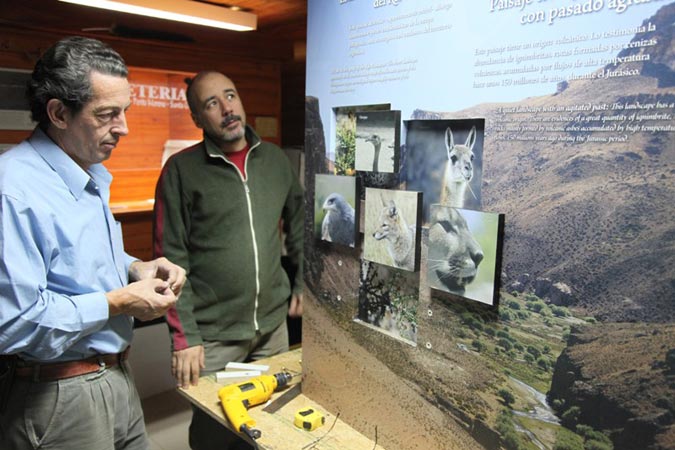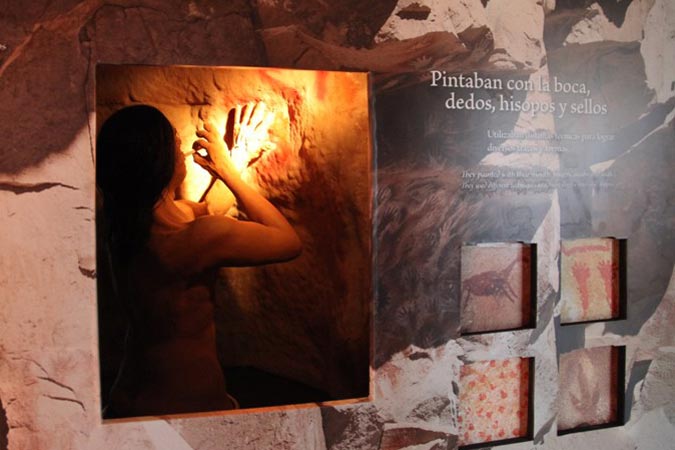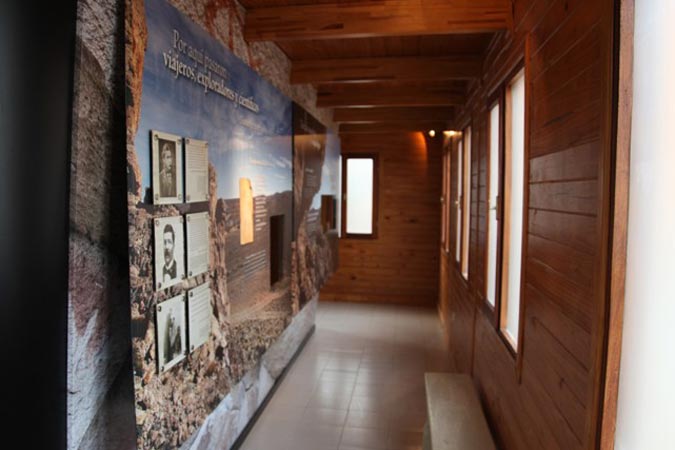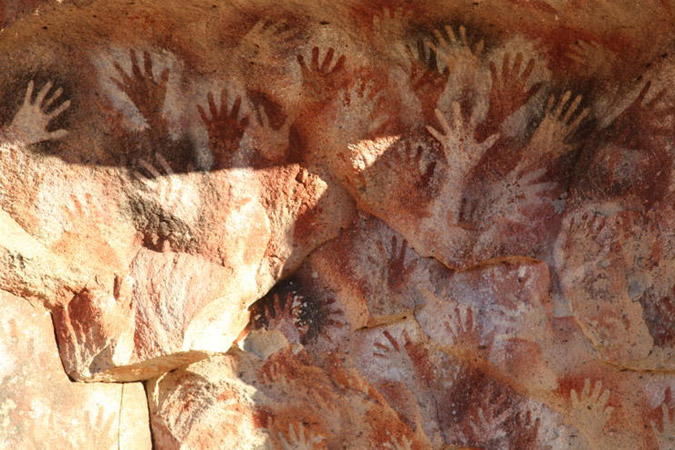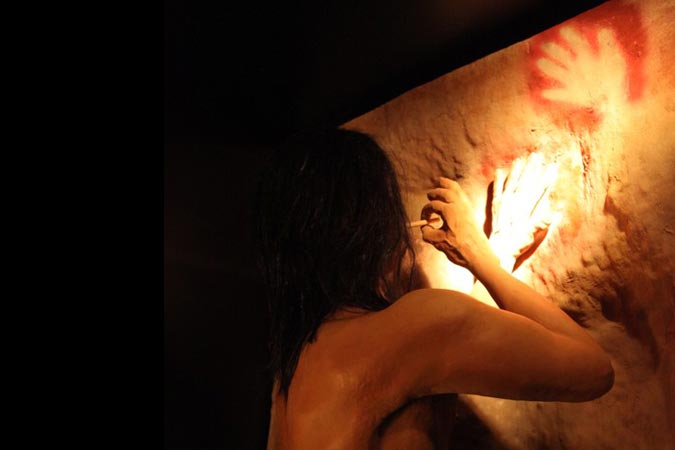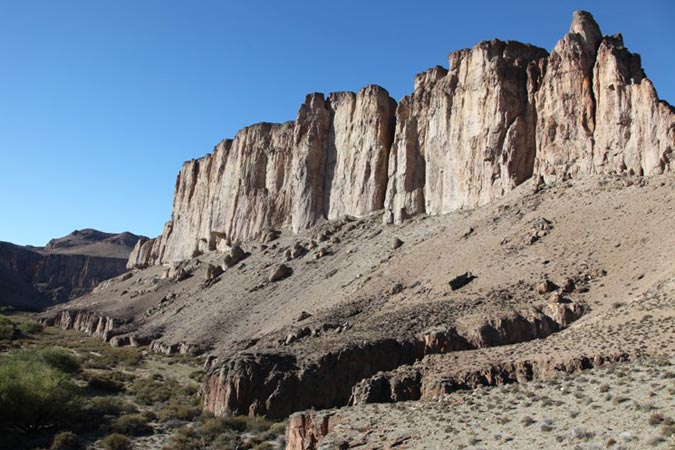Centros de interpretación FUNAFU
With the objectives of preserving natural heritage and broadcasting the cultural richness of the country, Fundación Naturaleza para el Futuro (Nature for the Future Foundation – FuNaFu) finished museological, design and assembly works on its sixth interpretive center. This time in Santa Cruz, where cave art has been resisting for more than 9000 years.
Fundación Naturaleza para el Futuro (FuNaFu) finished assembly works in Cueva de las Manos Interpretive Center, on the grand Río Pinturas canyon, in Santa Cruz Province. The objective of this new visitors center is the broadcasting of the cultural value of cave art, guaranteeing a use that preserves heritage and responds to the increasing demands of a growing number of tourists. The wit of ancient hunter-gatherers that inhabited the region more than 9000 years ago, the creativity of their art and the endurance of their works over time, transform Cueva de las Manos in a site of huge cultural richness replique montre and invaluable testimony of South America’s early settlers. For these reasons, UNESCO declared it World Heritage Site in 1999. "The idea came from a proposal by the Asociación Identidad to create a space on site to provide information to visitors. This was made possible by a grant from the Spanish Agency for International Development Cooperation (AECID), granted to the Conservation and Sustainable Management of Cultural Heritage Project. Cueva de las Manos: 10,000-year history of Patagonia, located at the National Institute of Anthropology and Latin American Thought (INAPL), an institution that is responsible for managing the site since 1991. " The Interpretive Center displays through billboards and replicas, flora and fauna of the site, the work of archeologists and researchers, the life of the hunter-gatherers and the different techniques with which they painted the rocky walls. It also identifies other places in the world where there are high quality paintings for tourist attractions. The Cueva de las Manos is located in the wonderful landscape of the Río Pinturas Canyon, whose name is a clear reference to the rock art. In its walls, there are countless painted hands, with pigments that the early settlers obtained from different minerals. Their particular airbrush technique consisted on upholding one hand on the rock while blowing

